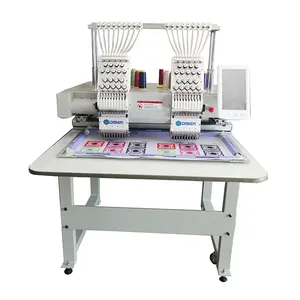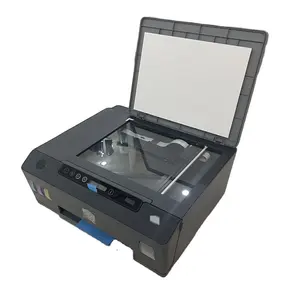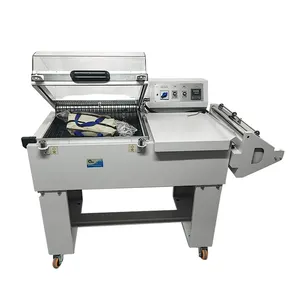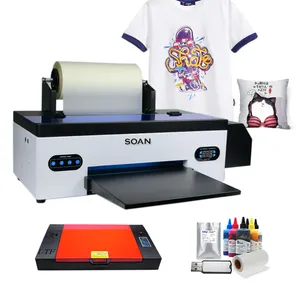Popular in your industry




































































Related Searches:
















































































































Top categories
About mini meatball machine
A mini meatball machine is a specialized apparatus crafted to optimize meatball production, boosting both efficiency and uniformity. This diminutive device is adept at serving an array of gastronomic enterprises, ranging from neighborhood eateries to expansive food processing facilities. The mini meatball machine stands as an indispensable instrument for fashioning consistently shaped and flavorful meatballs, a beloved component of numerous global cuisines.
Types and Characteristics of Mini Meatball Machines
Mini meatball machines are available in a spectrum of models, each endowed with distinctive features to accommodate varying production demands. Certain machines are conceived for modest operations, perfect for small-scale food establishments or domestic use, prized for their simplicity and compact stature. Conversely, machines designed for mass production boast sophisticated capabilities such as automated sizing controls and integrated blending mechanisms. Additionally, specialized variants exist that can craft meatballs with fillings or unconventional shapes, appealing to specialized markets and connoisseur tastes. This variety ensures a mini meatball machine exists to match every business archetype, from artisanal kitchens to large-scale food producers.
Structure and Operation of a Mini Meatball Machine
The architecture of a mini meatball machine is a testament to mechanical ingenuity, intended for user-friendliness and resilience. Its construction typically encompasses a hopper for the meat input, a shaping chamber for meatball formation, and a conveyor for dispatching the final product. Within the shaping chamber, an array of blades or scoops meticulously portions the meat, subsequently molding it into spheres. These elements operate in concert, governed by a sophisticated control system, often powered by programmable logic controllers (PLCs), enabling precise adjustments to meatball dimensions and production cadence.
Materials and Their Properties
Materials selected for a mini meatball machine prioritize endurance and compliance with food safety standards. Stainless steel is commonly employed for its anti-corrosive properties and sanitary ease. Its inert nature with food substances guarantees no compromise in flavor or risk of contamination. Components such as bearings and gears are typically fashioned from toughened steel or premium polymers, ensuring fluid operation and reduced attrition. These material choices reflect a dedication to the longevity, cleanliness, and integrity of the meatball crafting process.
Business Usages and Applications
Within the culinary sector, a mini meatball machine proves to be a highly adaptable tool. It is utilized in restaurants to secure a consistent caliber of meatballs, in delicatessens to supply fresh, ready-to-cook selections, and by catering services to expedite the production of large volumes. In factory settings, it markedly diminishes labor expenses and augments throughput. The machine's proficiency in generating uniform products also assists businesses in upholding brand uniformity, a critical factor for customer contentment and fidelity. Employing this apparatus can convert a labor-intensive chore into a streamlined process, thus engendering substantial commercial value.
Functions and Tasks Performed
The mini meatball machine is engineered for the precise function of meatball fabrication. It automates the tasks of portioning, dividing, and sculpting the meat mixture into impeccably spherical meatballs. Some models are equipped with features that allow for the adjustment of meatball texture and density, while others can incorporate fillings or produce various shapes. This mechanization guarantees a uniform output, a critical aspect for any food enterprise that values consistency and dependability.
Distinctive Features and Selling Points
Notable attributes of a mini meatball machine include its space-efficient design, ideal for kitchens with spatial limitations. Innovations such as noise-dampening technology contribute to a more agreeable work atmosphere. Certain models present energy-conserving modes, diminishing operational costs and aiding businesses in their eco-conscious endeavors. The machines' multifunctional nature—capable of producing not only meatballs but also items like fish balls or veggie balls—stands out as a compelling selling point, broadening a business's product line with a singular investment.
Benefits and Positive Outcomes
Employing a mini meatball machine brings a plethora of advantages. It simplifies the production chain, curtails manual labor, and minimizes the likelihood of human error. Such efficiency leads to cost reductions and an accelerated investment payback. For consumers, it ensures a product of consistent quality that can be generated with minimal exertion. The machine's straightforward operation also facilitates swift staff training, curtailing idle periods and bolstering productivity.
How to Use and Operate Effectively
To operate a mini meatball machine effectively, one must adhere to the manufacturer's setup guidelines, ensure the meat blend is of the proper consistency, and select the appropriate size and shape configurations. Vigilant supervision during use is crucial for quality assurance and to implement any necessary modifications. Post-use cleansing is imperative to avert cross-contamination and uphold hygienic standards.
How to Choose the Right Model
Selecting an apt model of a mini meatball machine entails evaluating your business's production volume, spatial constraints, and financial plan. Factors such as the machine's capacity, operational speed, and the assortment of meatball sizes it can produce should be contemplated. The availability of after-sales service is another critical consideration, ensuring support for upkeep and technical difficulties.
Guidelines for Cleaning and Maintenance
The upkeep of a mini meatball machine is uncomplicated yet vital. Disassembly should follow the instruction manual's directives, with each part cleansed using suitable cleaning agents. Routine maintenance inspections are advised to confirm all components function optimally, and timely replacement of worn parts is essential to prevent operational interruptions.
Installation Tips and Best Practices
Installation of a mini meatball machine generally involves situating the apparatus on a stable base, connecting it to an electrical source, and adjusting the settings to meet product specifications. It is prudent to have a technician supervise the installation to guarantee correct and safe setup. Best practices include a thorough review of the operational manual and comprehensive training for all users on proper handling and safety measures.
Target Audience and Market Needs
The intended market for mini meatball machines spans small to mid-sized gastronomic ventures, including restaurants, delis, and food production entities. These devices fulfill the requirements of businesses aiming to generate a substantial volume of meatballs with consistent quality and form. They are equally apt for entrepreneurs venturing into the food industry with a meatball-centric business model, offering an accessible market entry with a relatively modest initial outlay.

















































































